#American Girl Josefina
Explore tagged Tumblr posts
Text
youtube
As today is Dia de los Muertos I’ve posted a new video on my YouTube channel in honour of it. Please check it out it would mean a lot to me. Image Description: a screenshot of a #youtube video featuring a Mexican American Girl doll holding a sugar skull and a candle with cempasúchil on the base. The doll is wearing a black dress embroidered with multicoloured flowers and pattern, a yellow sash , and a multicoloured hair band with a marigold on it. The doll is also wearing a calavera eye mask. There is a Day of the Dead frame around the photo. The text reads BC’s Doll Place: Dia De Los Muertos 2024 (With Subtitles).
#dolls#american girl#american girl dolls#american girl doll#dia de los muertos#ag dolls#dollblr#doll photography#Josefina#josefina montoya#ag#sugar skulls#day of the dead#dia de muertos#dia de los Muertos 2024#calavera#cempasuchil#18 inch dolls#doll collector#doll collecting#American girl brand#American Girl Josefina#my youtube channel#my youtube video#BC’s Doll Place#agig#Youtube
3 notes
·
View notes
Text

Snow day!
3 notes
·
View notes
Text
I know the economy is going to shit when I'm seeing Josefina's square piano on eBay at $200.
5 notes
·
View notes
Text







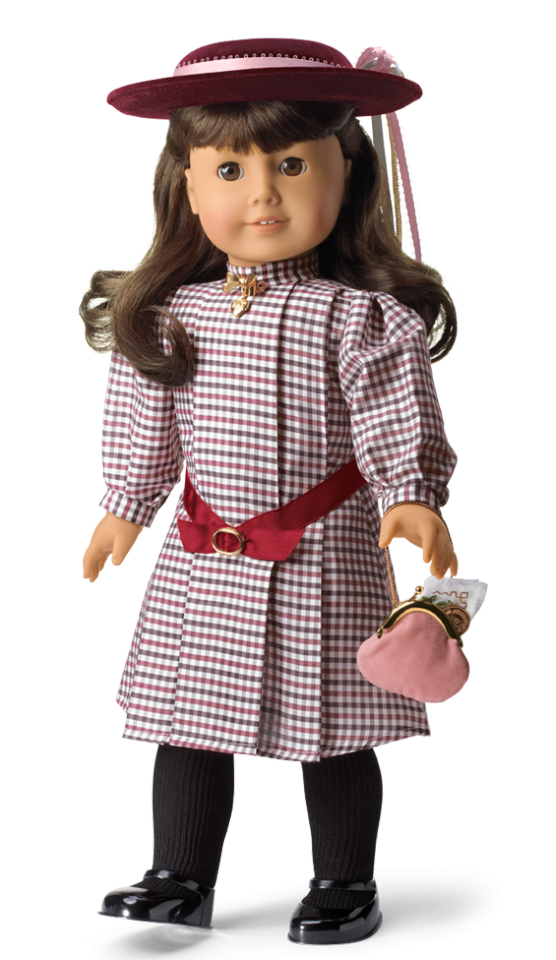

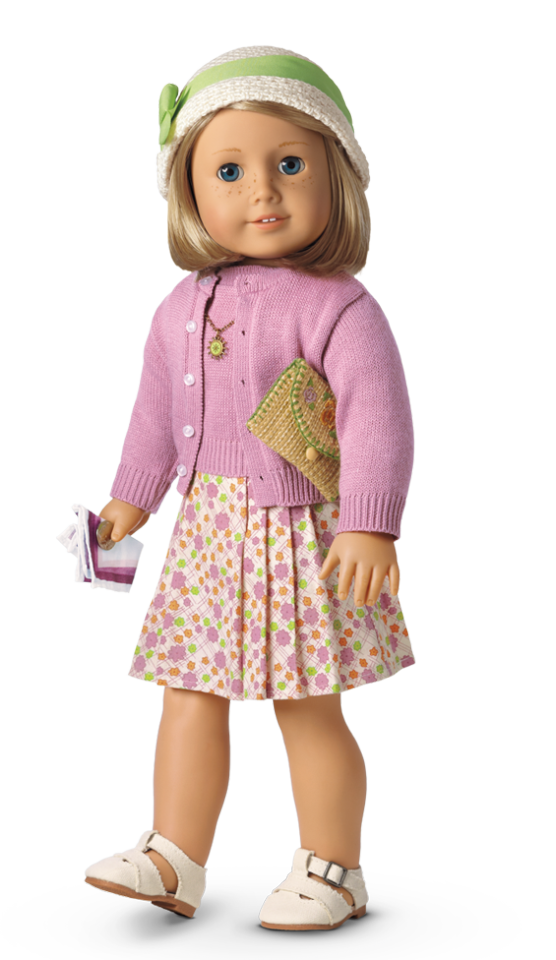
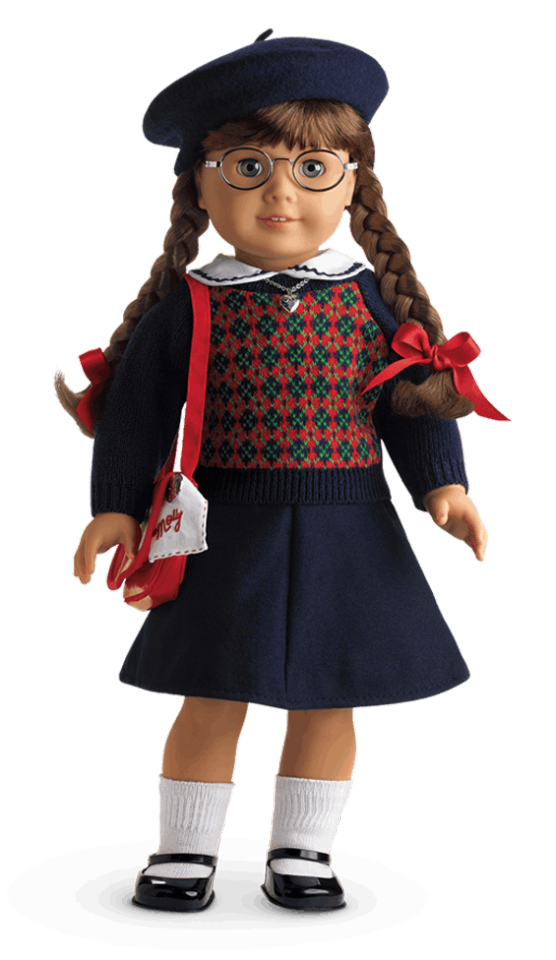

Transparent PNGs of the Historical Characters from American Girl's website, circa 2011-2012.
#historical characters#website content#american girl#american girl dolls#kaya'aton'my#felicity merriman#caroline abbott#josefina montoya#marie-grace gardner#cecile rey#kirsten larson#addy walker#samantha parkington#rebecca rubin#kit kittredge#molly mcintire#julie albright#agblr
776 notes
·
View notes
Text
1999 Blown Glass American Girl Ornaments
I've only just discovered that in 1999 American Girl released blown glass ornaments of the original characters, and they are low-key terrifying:






Just straight up goofy looking.
#american girl fandom#american girl#american girl doll#molly mcintire#kirsten larson#addy walker#felicity merriman#samantha parkington#josefina montoya
160 notes
·
View notes
Text

little doodles
I’ve seen people draw fanart of Monster High and Winx Club, and aside from the Mane6 from My Little Pony, I didn’t think I had a fictional girl group that I liked as a kid, until I remembered the OGs 😤 American Girl books. These put hair on my chest as a kid, I’d just be reading an inspiring story about an immigrant when BAM! her best friend dies of Cholera. And her parents tell her to stop crying about it and then the books never mention the dead friend again. Good reading material for a sprightly nine-year-old with anxiety issues.
#american girl#American girl books#kirsten larson#samantha parkington#molly mcintire#felicity merriman#addy walker#josefina montoya#American girl fanart
153 notes
·
View notes
Text



I'm not an expert at styling hair, but I'm proud of this braided coronet hairstyle I did on my Josefina in her Christmas outfit!
#enyo ag dolls#josefina montoya#american girl#american girl doll#american girl dolls#american girl brand#samantha parkington#ag dolls#doll collector#doll clothes#dollblr#doll community
90 notes
·
View notes
Text

Josefina's Fringe Shoes - BGC
This pair of beige lace-up boots with fringe on top were sold as part of Josefina's extra shoes and socks set. They were also modeled with her party outfit.

Comes in the Wood Tones palette.
Unisex child and toddler versions.
Download for free on Patreon | SFS
Download for free on CurseForge: Child | Toddler
Support me on Patreon or buy me a coffee?
Feel free to tag me if you use them, I’d love to see! My TOU are here.
#sims 4 historical cc#ts4 historical cc#sims 4 maxis match#ts4mm#sims 4 custom content#ts4cc#american girl#josefina montoya
98 notes
·
View notes
Text







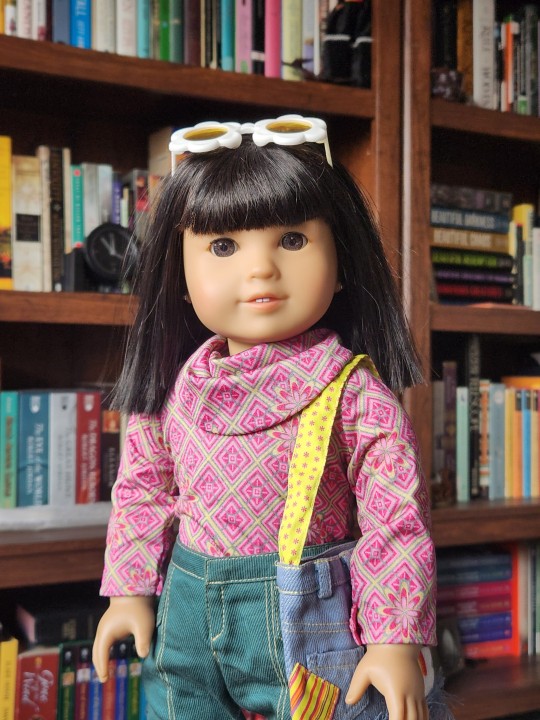
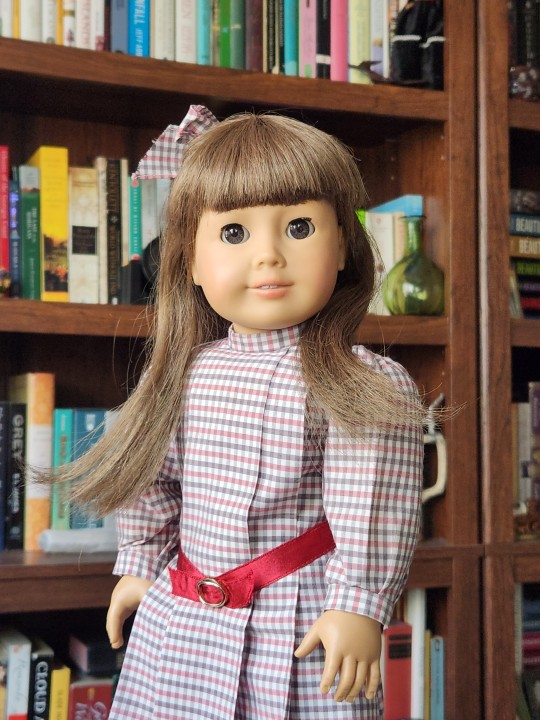
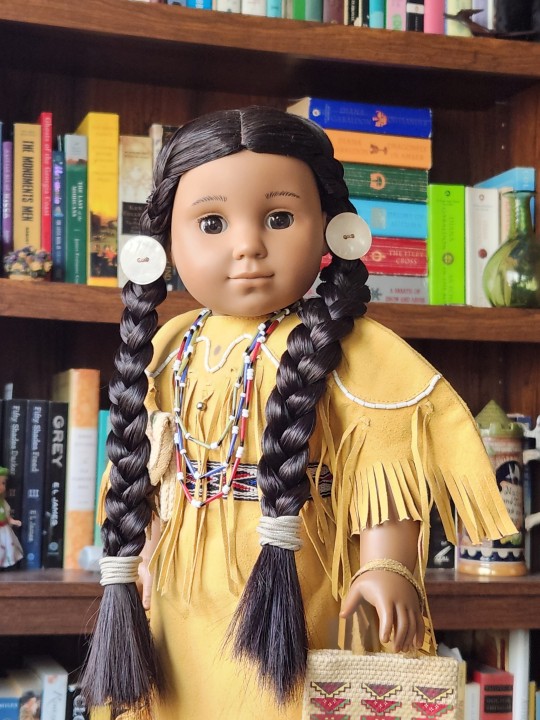
First round of doll collection portraits! From left to right:
Row one — Josefina, Meredydd (Journey Girls), Lanie
Row two — Felicity, Elizabeth
Row three — Karsen (Truly Me 21), Cécile, Ivy
Row four — Samantha, Kaya'aton'my'
#american girl#american girl dolls#dollblr#doll collection#american girl doll#doll#agig#dolls#agblr#josefina montoya#journey girls#lanie holland#felicity merriman#elizabeth cole#truly me 21#truly me#cécile rey#cecile rey#ivy ling#samantha parkington#kaya#kayaatonmy
72 notes
·
View notes
Text

I accidentally beforevered some of the dollie’s white underthings in the laundry and now I’m trying to bleach them back. 🤦♀️
#american girl#pleasant company#kirsten larson#samantha parkington#molly mcintire#kit kittredge#josefina montoya#felicity merriman#beforever#pink
85 notes
·
View notes
Text



I got Josefina her own little Sombrita to romp around the backyard with.
#idledoll's dolls#Josefina#Josefina Montoya#historical american girl doll#AG doll#AG dolls#american girl doll#doll photoshoot#doll photography#dollblr#agblr
58 notes
·
View notes
Text


After 27 years, Molly finally gets a friend
#american girl#american girl josefina#josefina montoya#american girl molly#molly mcintire#Josefina was released the same year I got my Molly#I could never justify asking for another expensive doll but I've dreamed of her ever since#I've been hoping for a good sale since ag rereleased her earlier this year#I'm so happy 😭
1 note
·
View note
Text



recently I got Josefina’s birthday dress 👗 Im so happy that they brought it back 🧡
#american girl#mine#ag dolls#american girl dolls#josefina montoya#I still don’t know how to do her hair like the pictures 😭#I got more outfits but I’ll have to take pics of those another time
96 notes
·
View notes
Text
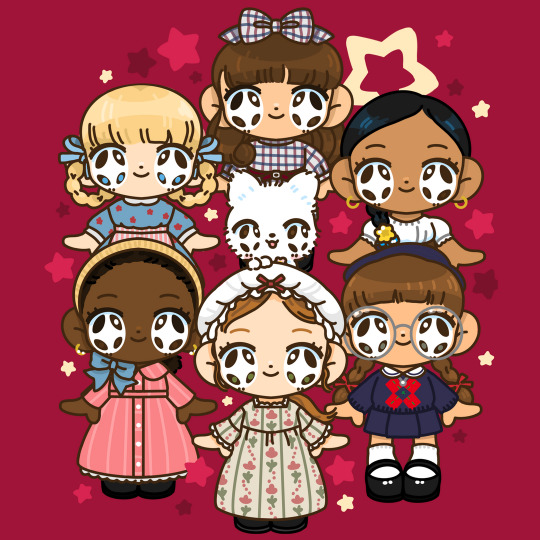
american girls ⭐
#my art#american girl#american girl dolls#coconut#kirsten larson#samantha parkington#josefina montoya#addy walker#felicity merriman#molly mcintire
321 notes
·
View notes
Text





kirsten, josefina, addy, kit and julie's family and friends! :D
#american girl#kirsten larson#josefina montoya#addy walker#kit kittredge#julie albright#you probably can't tell from these screenshots but they're so high quality!!! :D#and roger's last name is bentley?? :o
120 notes
·
View notes
Text
RIP the March sisters y'all would have loved the American Girl series
#little women#meg march#jo march#beth march#amy march#louisa may alcott#lma#kaya'aton'my#kaya#felicity merriman#josefina montoya#kirsten larson#addy walker#samantha parkington#kit kittredge#molly mcintire#american girl#jo may not have collected the dolls but she would have read the books
46 notes
·
View notes